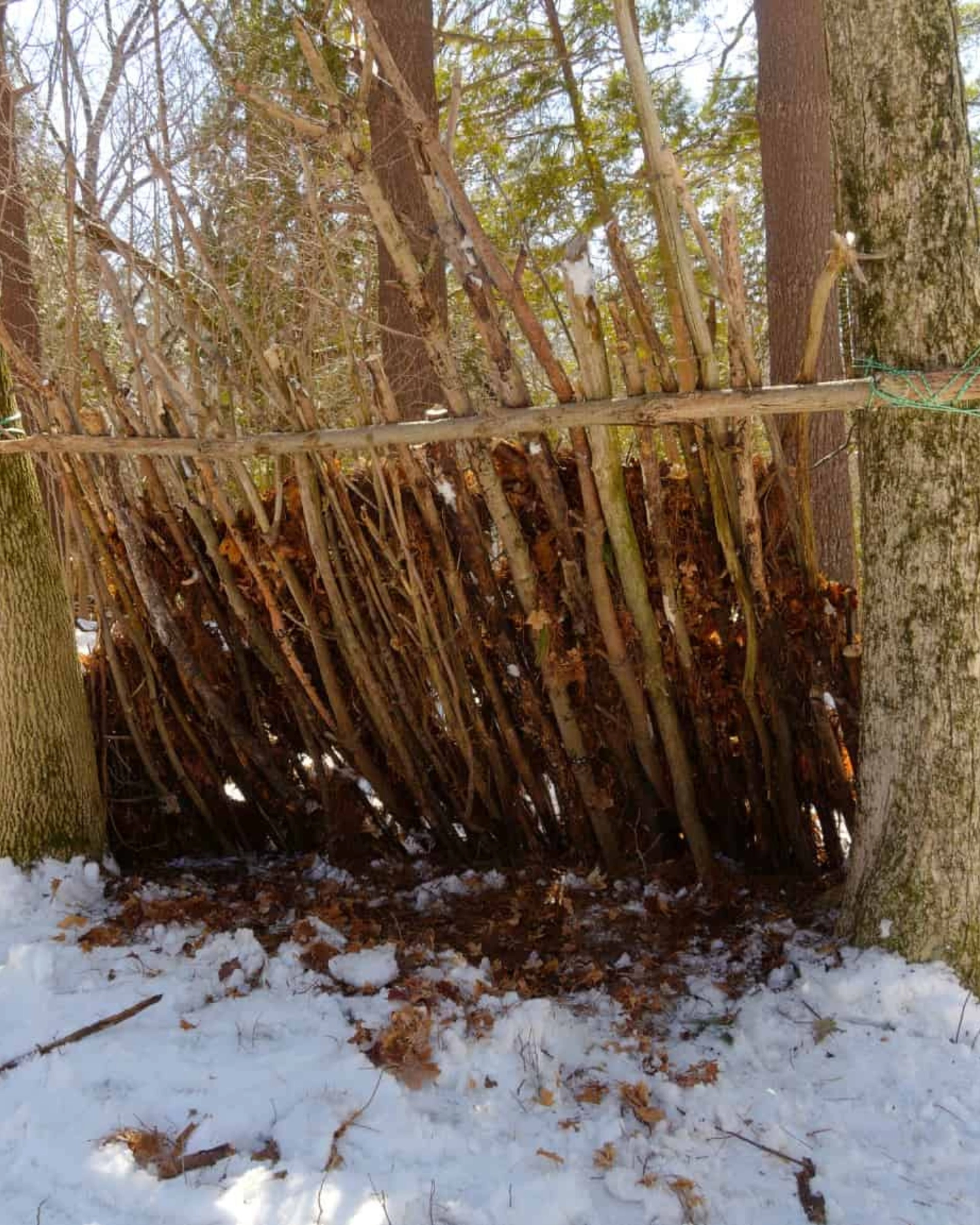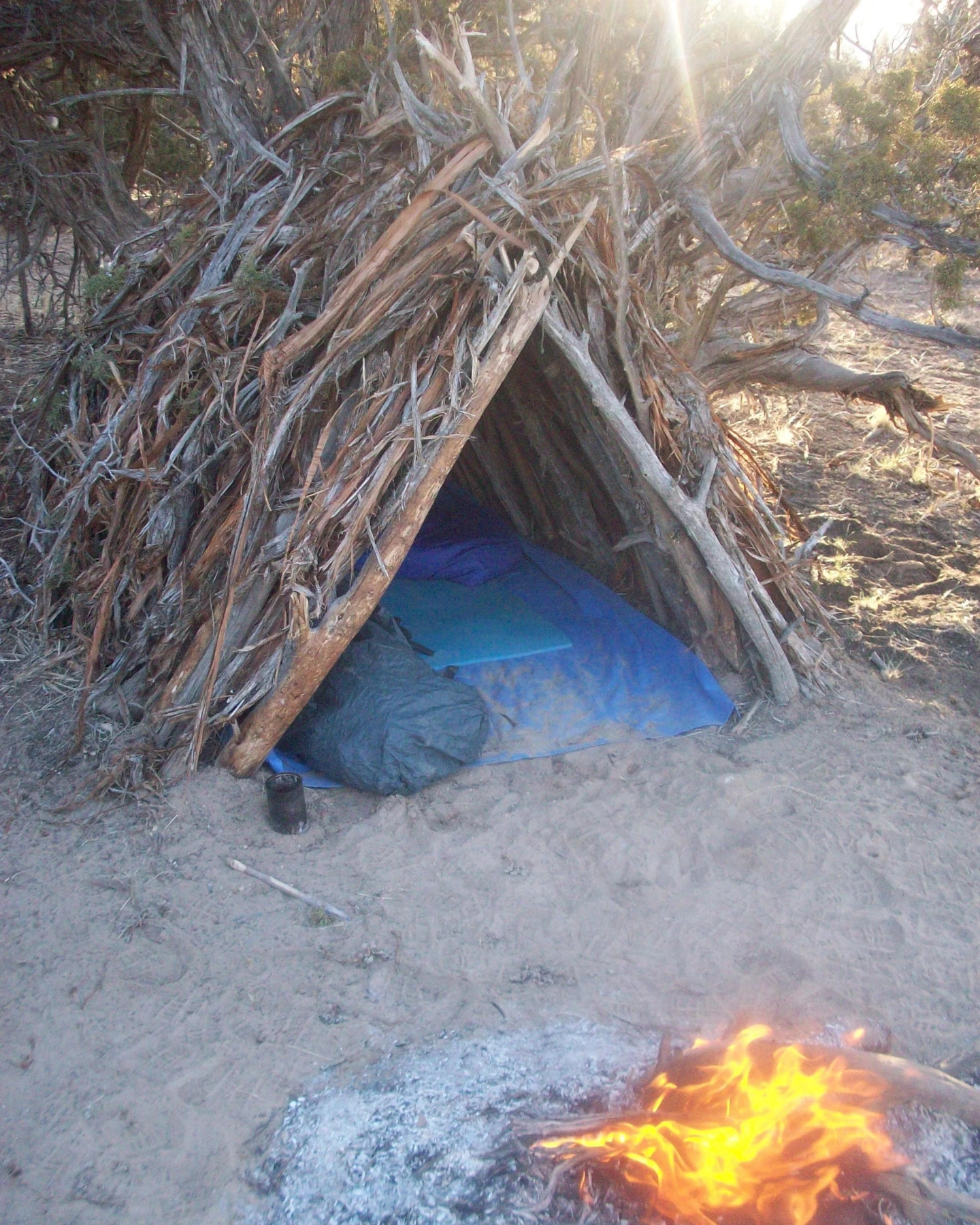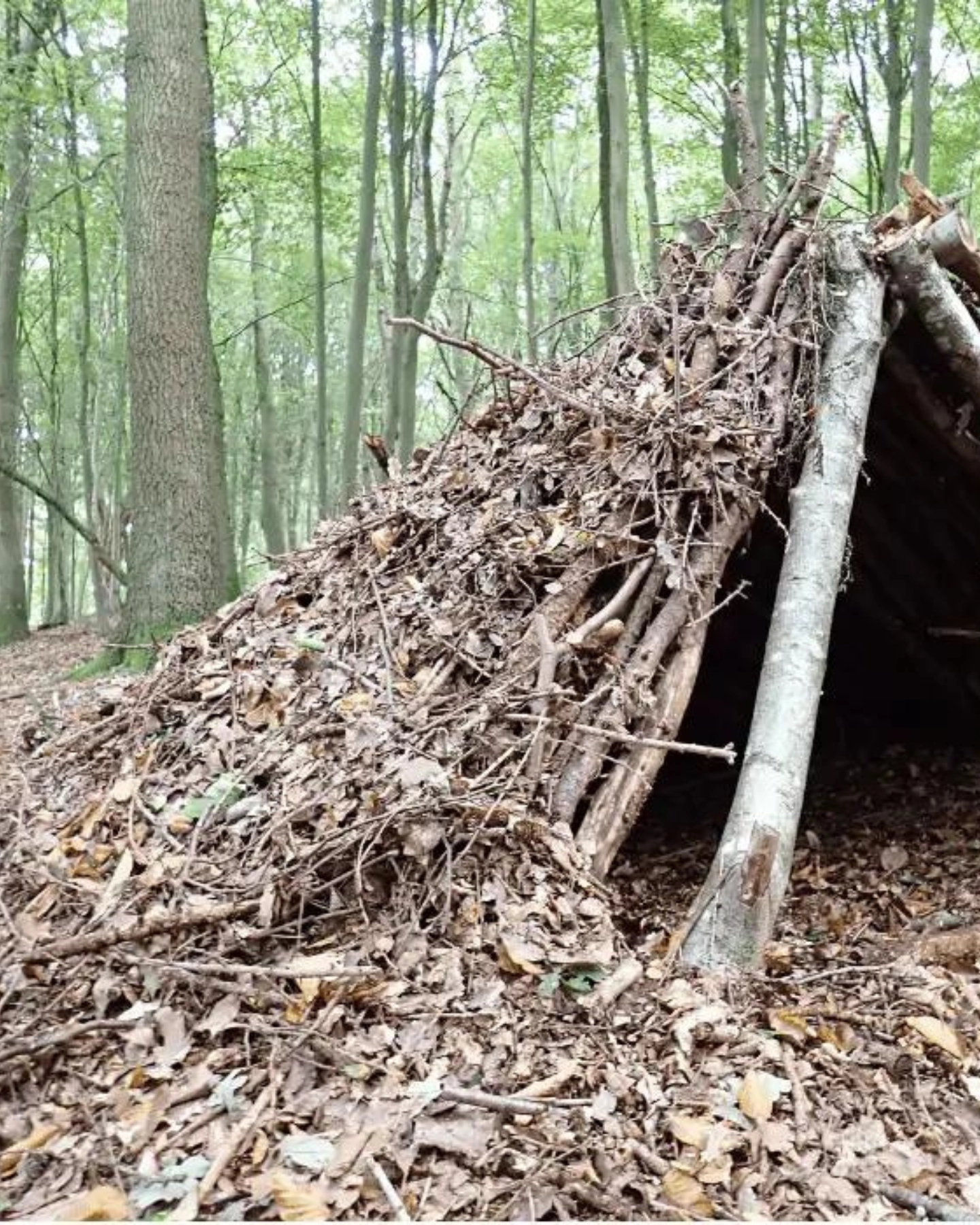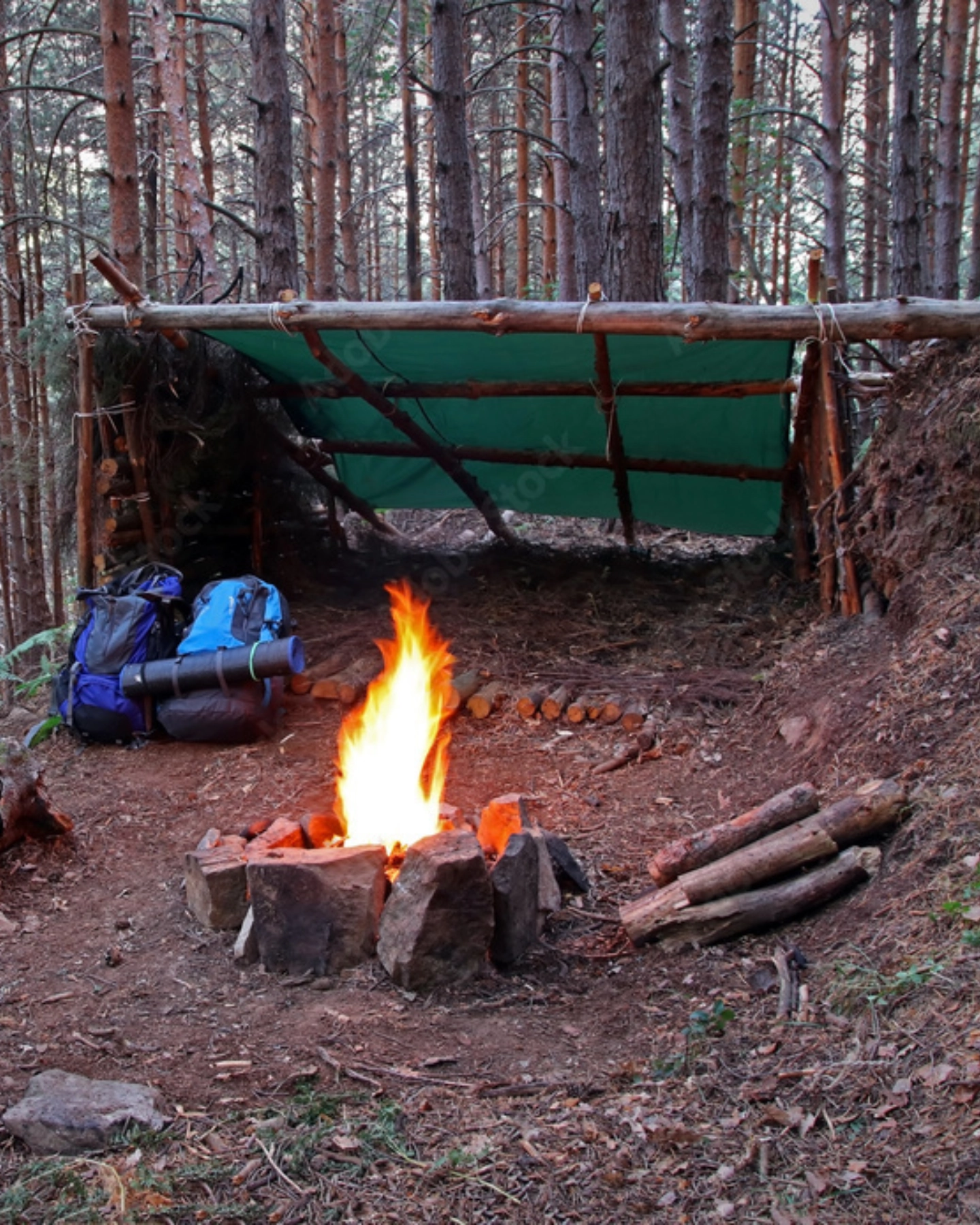How to build a shed: the different types and their advantages
In the countryside, the right shelter can provide protection from inclement weather and contribute to a comfortable stay. Here are some basic types of shelters you can build using natural materials or sails.
1. Lean-to (Single-sided shelter)
Description: Single-sided roof supported on a horizontal beam.
Advantages: Easy and quick to build, provides basic protection from wind and rain.
Cons: Protection from only one side, not suitable for extreme conditions.

2. A-Frame (Eye Shelter)
Description: An "A" shape with two sloping sides.
Advantages: good protection against rain, stability even in windy weather.
Cons: Requires more material, more difficult to build.

3. Debris Hut (Shelter made of natural material)
Description: A shelter made of branches, leaves and other natural materials.
Advantages: uses available natural resources, good insulation and protection from the cold.
Disadvantages: Longer construction time, dependence on availability of materials.

4. Tarp Shelter
Description: The use of a tarp as a roof, secured with ropes and pegs. HERE.
Advantages: lightweight and portable, easy to build, flexibility in arrangement.
Cons: Dependence on the quality of the tarp, limited protection from cold.
The best tarp is HERE.

How to choose the right type of shelter?
Terrain conditions: Consider the terrain and availability of materials. In wooded areas you can use branches and leaves, while in open areas a tarp may be a better choice.
Weather: the weather forecast will influence your choice. If rain or wind is expected, it is better to choose a stable and protected shelter.
Time and energy: Choose the type of shelter that matches your time and energy capabilities. Some shelters require more labor and materials than others.
Conclusion
Shelter building is an essential skill for any bushcrafter or outdoor enthusiast. Try out different types of shelters and see which one suits you best. When building, remember safety and respect the nature around you. Sleeping bags, mats and sun loungers must have!
Powered by Froala Editor